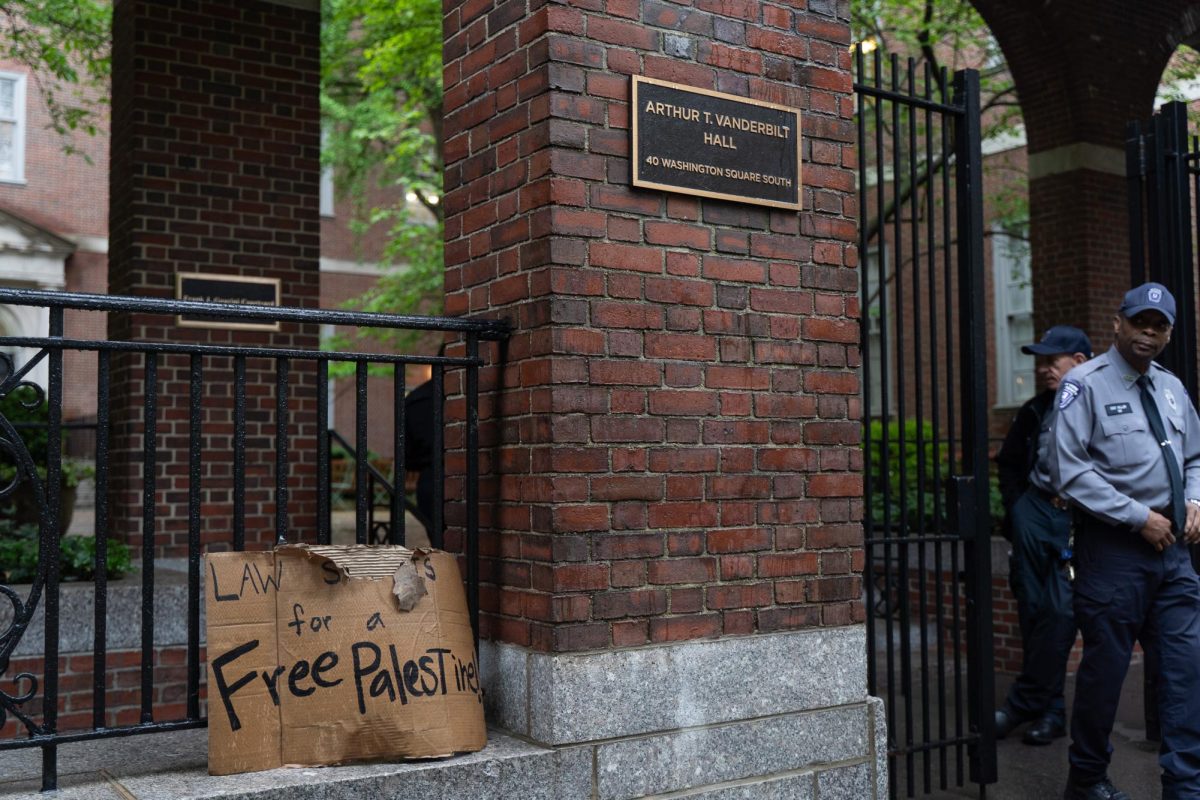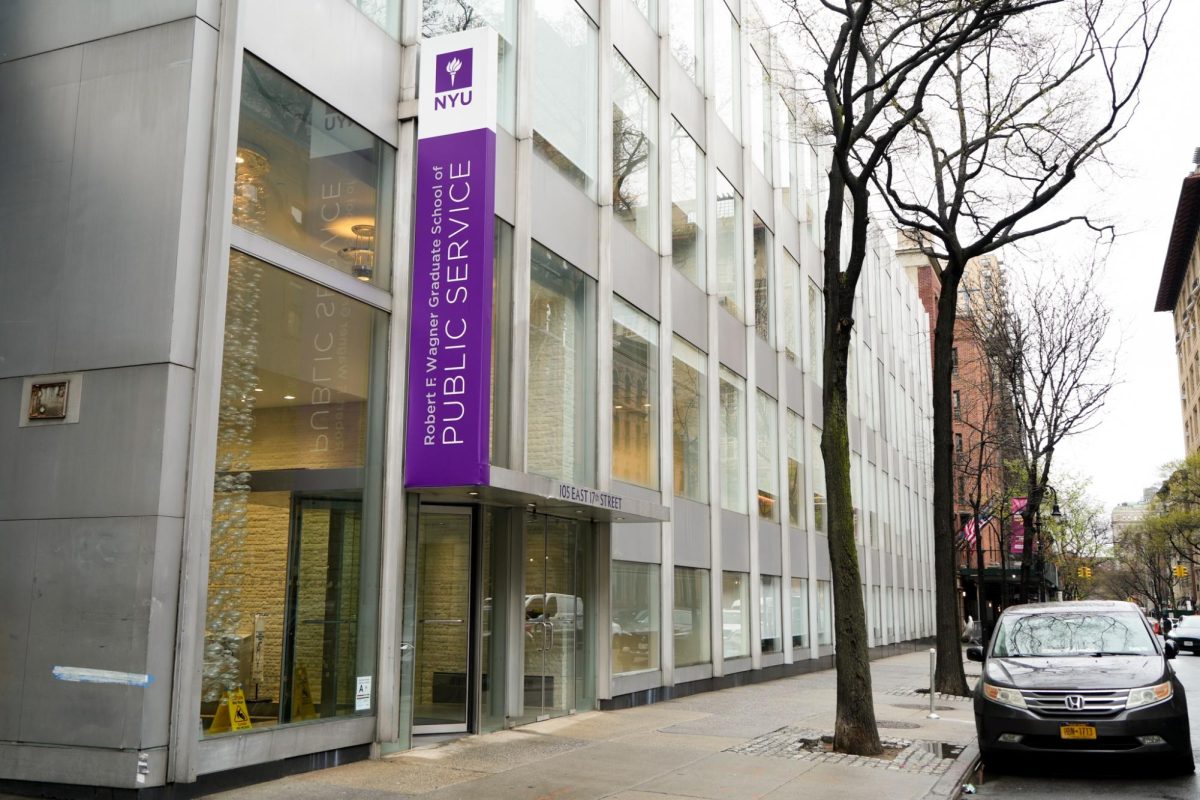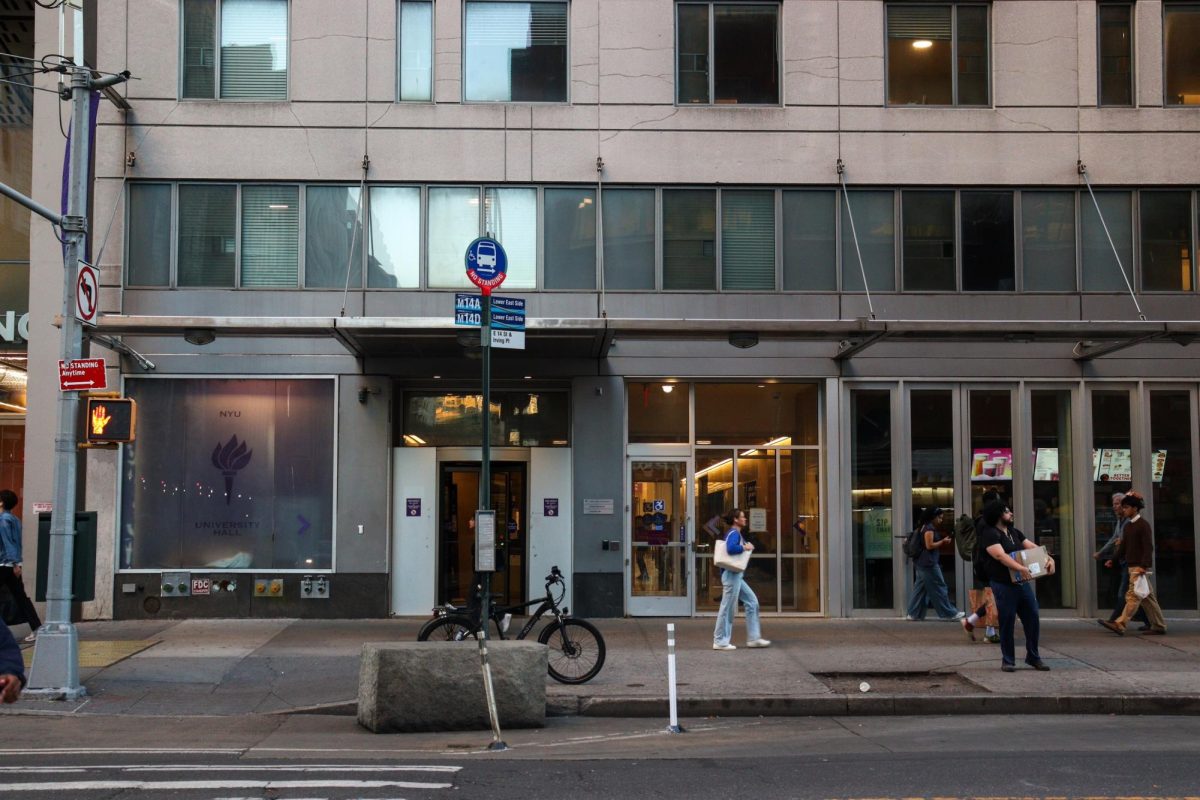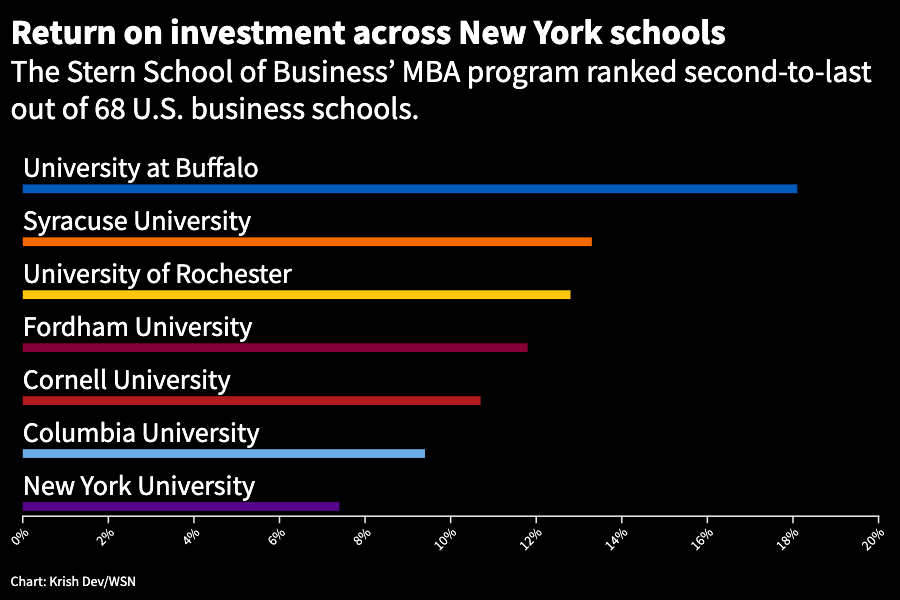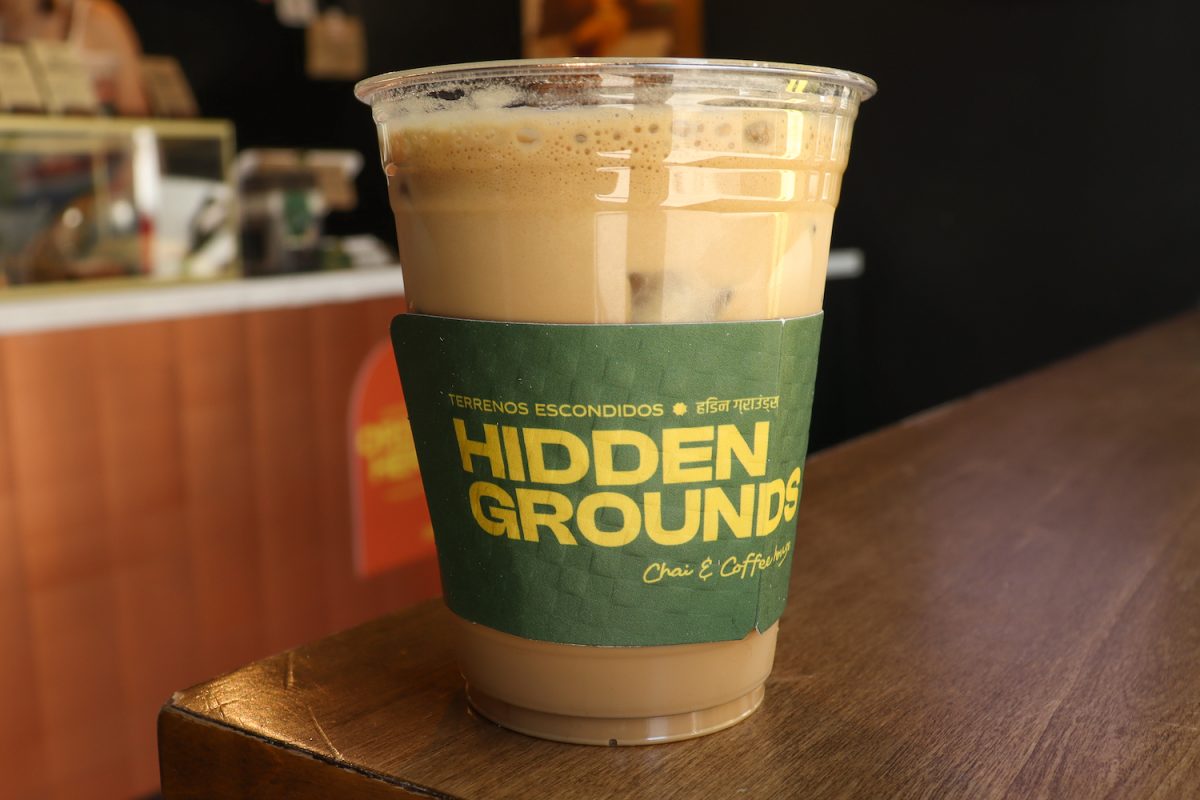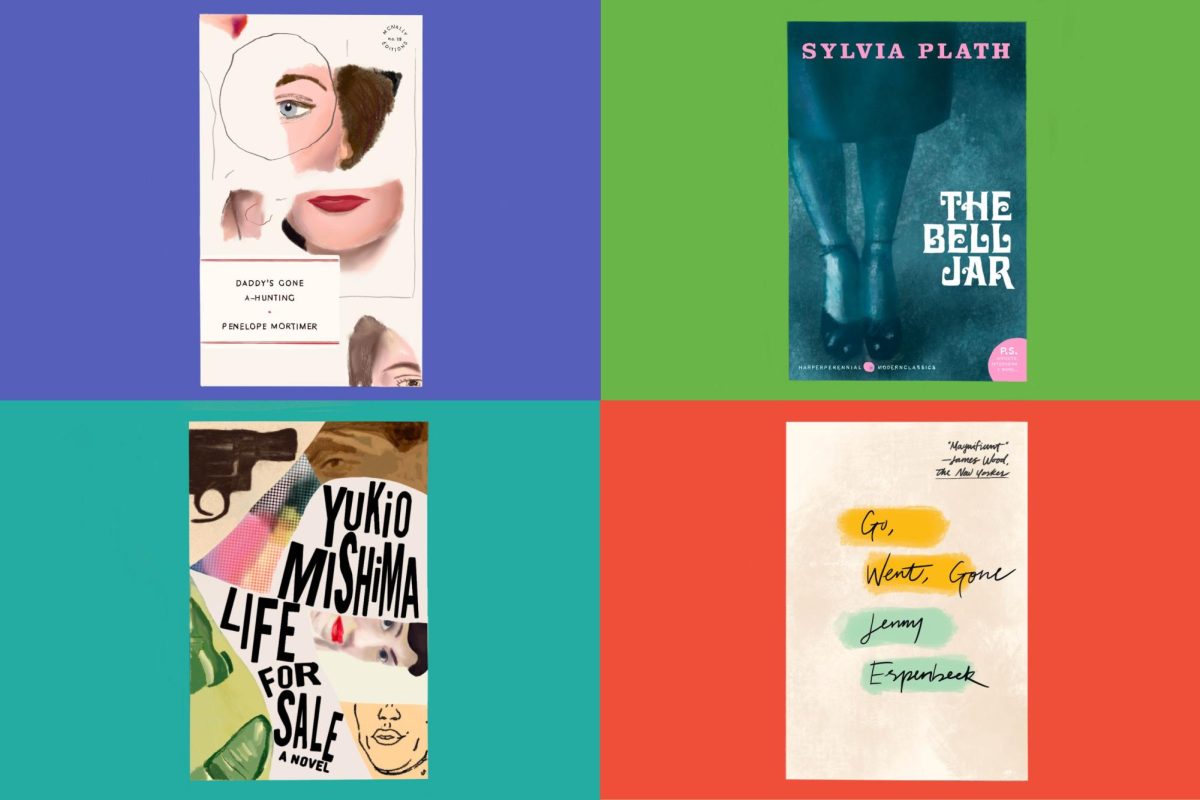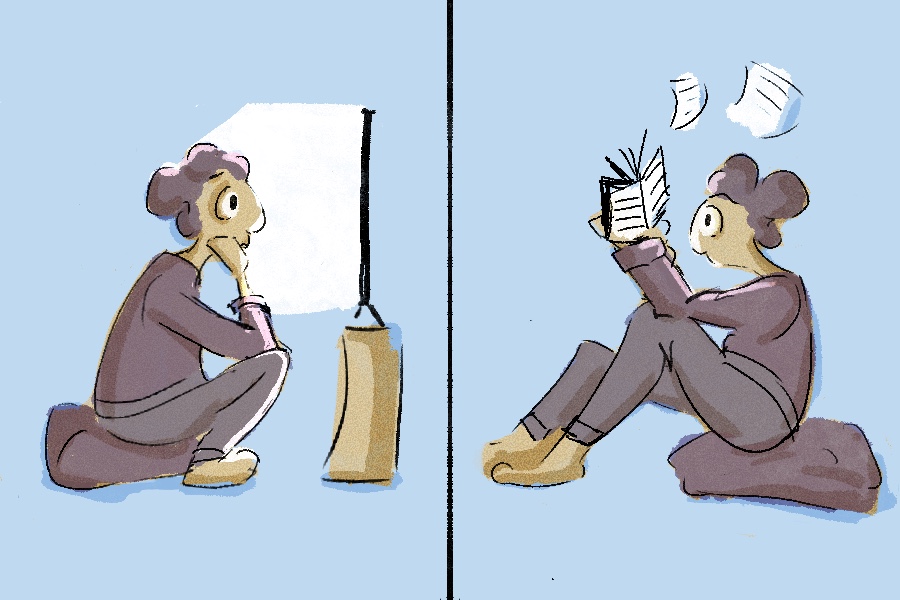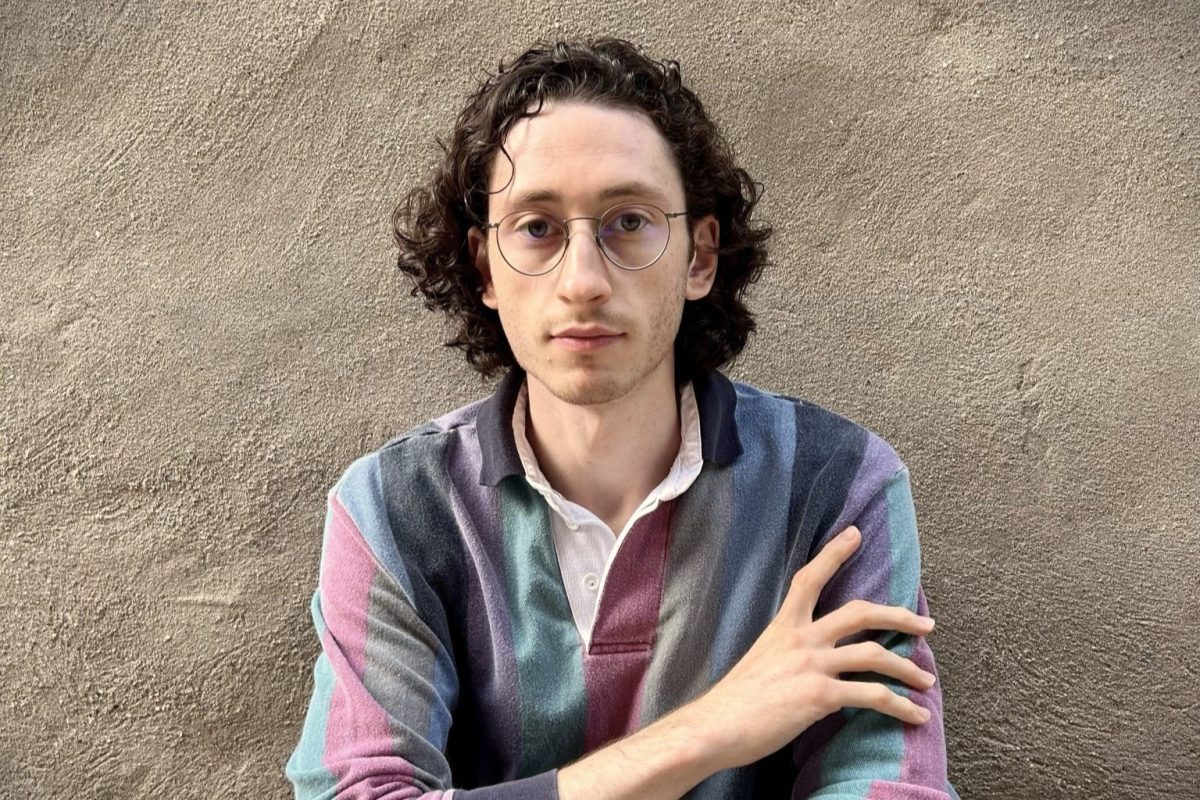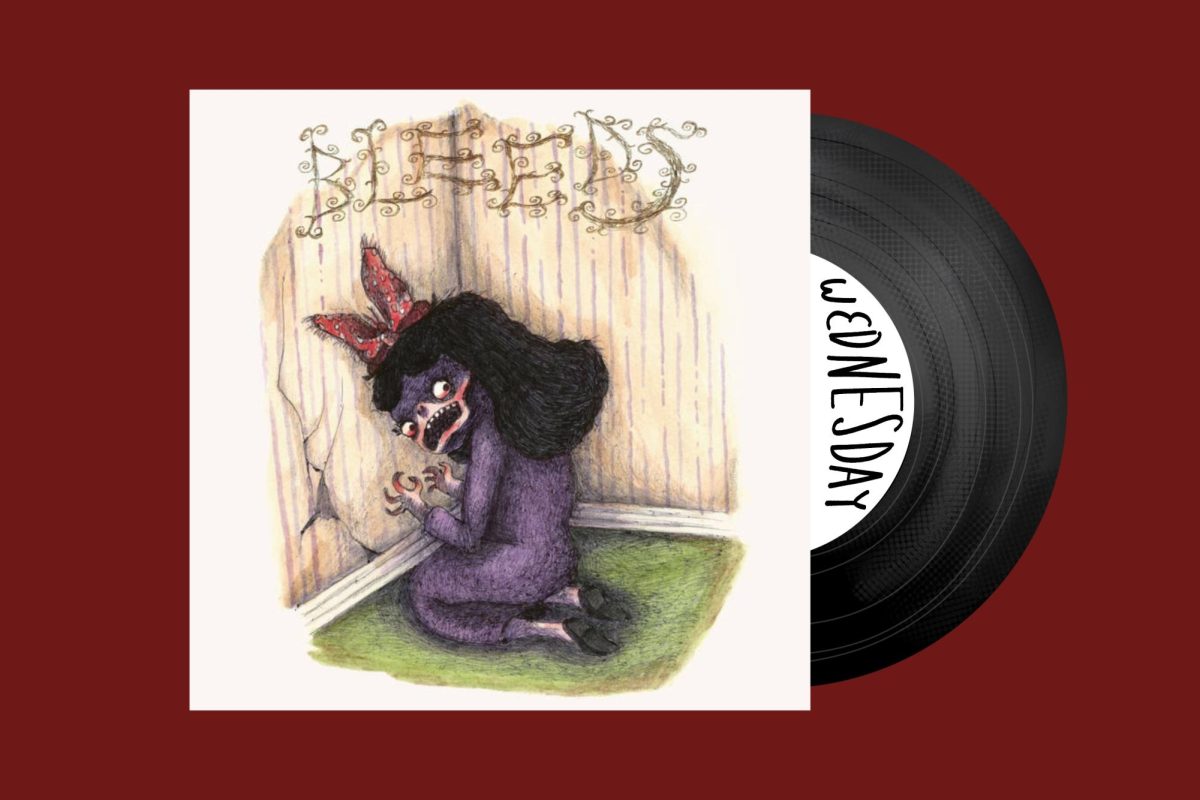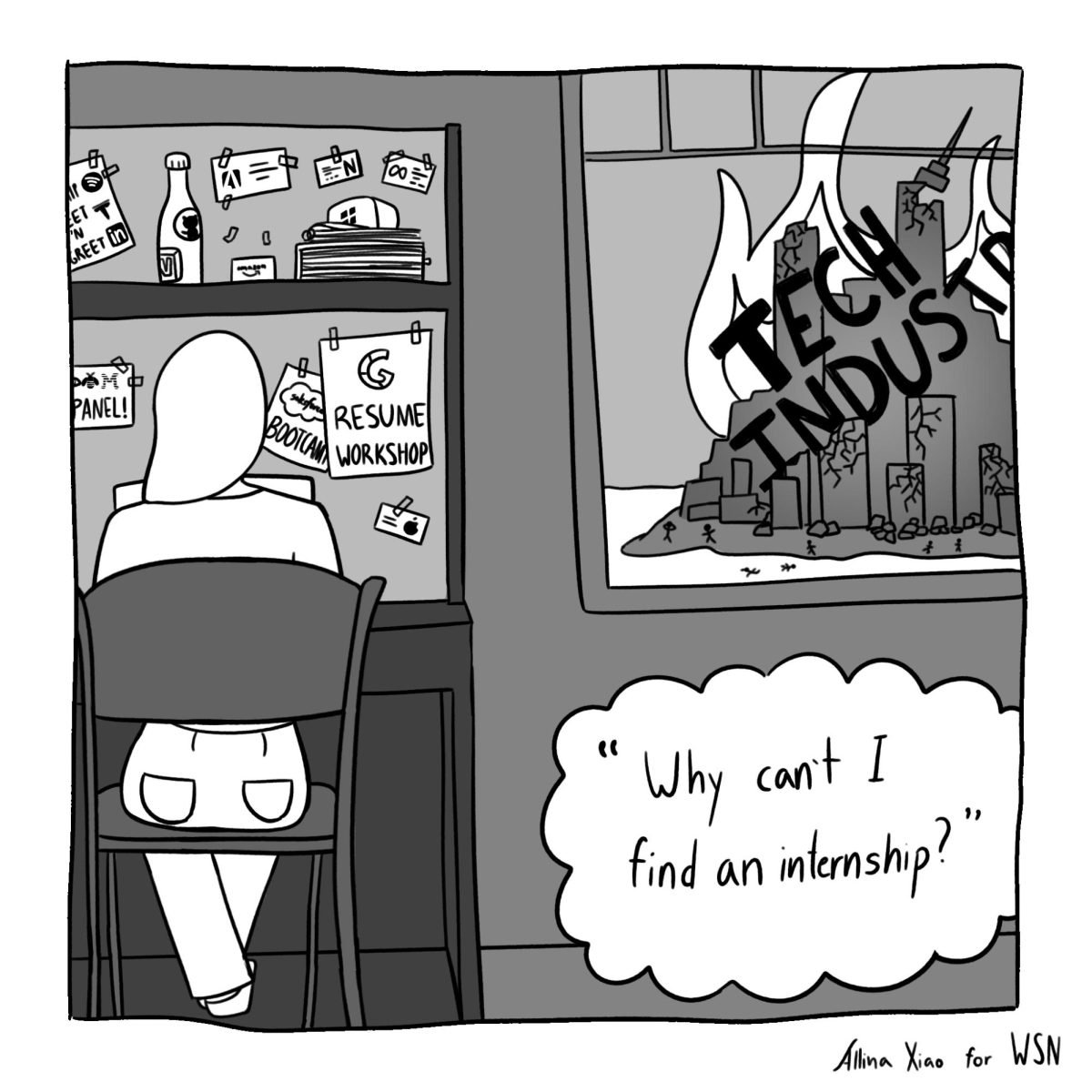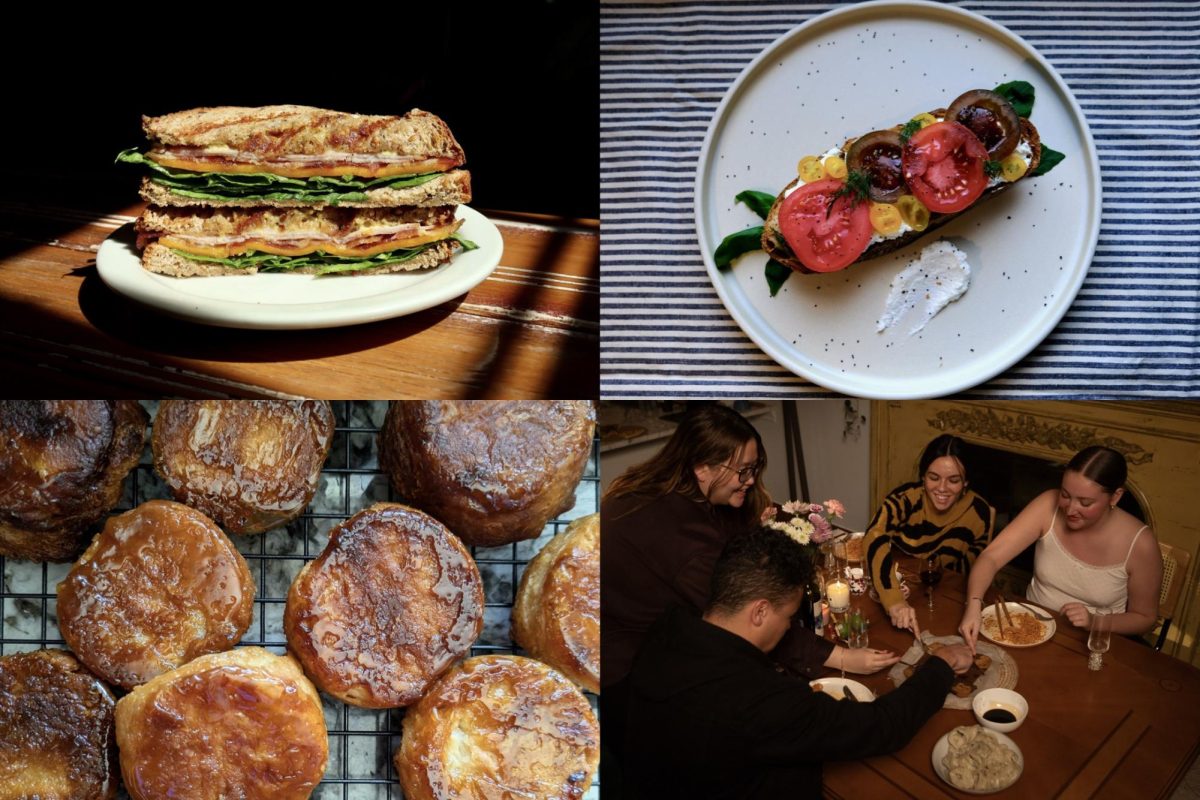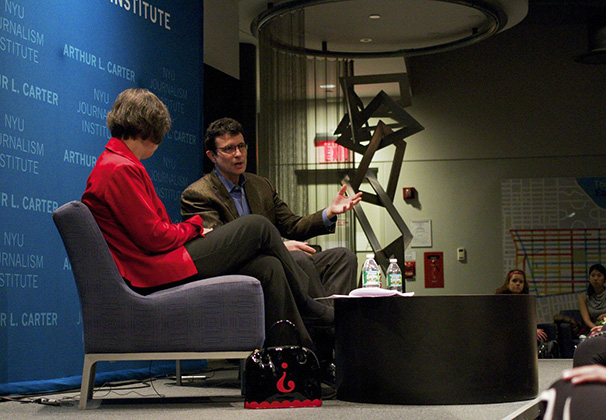
David Remnick, the editor of The New Yorker magazine discussed the state of journalism as well as his own journalism career with Meryl Gordon, director of Magazine Writing at the Arthur L. Carter Journalism Institute at NYU on Nov. 12.
The night’s discussion covered personal subjects, such as Remnick’s early exposure to magazines, his career in journalism and his current position.
For instance, Remnick recalled an early trip to a Syrian refugee camp.
“I self-assign a couple of pieces a year because I really don’t like going to the Hamptons,” Remnick said. “I go do a story like [Syria] because I’m in the office all the time, and I want to have some sense of the world.”
Remnick also discussed the transformation of The New Yorker as a publication starting from a printed weekly magazine to a website and most recently an iPhone app.
“My job is to keep you reading it in whatever format you want to read it in and make sure that all of it is worthy of The New Yorker,” Remnick said.
CAS junior Kayla Keegan said she found it interesting that The New Yorker used their website not only to reprint content, but provide extra images for readers on the web.
“The majority [of the print space] is filled with content,” Keegan said. “The website allows more freedom to liven the story by including many pictures and images.”
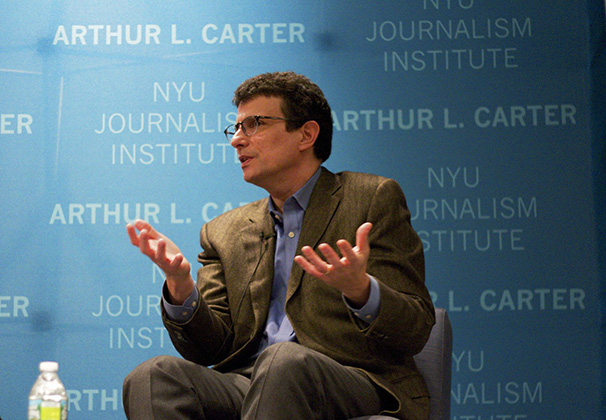
Remnick also highlighted curiosity as an important quality for journalists, and said there are stories everywhere as long as a writer is looking.
“I think that to be bored is a great crime,” Remnick said.
Gordon said that Remnick was a particularly inspiring journalist.
“He cares about everything,” she said. “I thought he was really inspiring because he really talked about getting out there and reporting.”
Journalism professor Mitchell Stephens said Remnick has played a role in establishing a golden age for The New Yorker.
“He’s struck a really good balance between a kind of intellectual, long-winded, hyper-thoughtful journalism and a timely, to the point, widely-discussed journalism,” Stephens said.
Gordon said the magazine represents continuity because people are still interested in The New Yorker’s brand of journalism.
“[People] still want those wonderful long stories, they want those hilariously funny cartoons,” Gordon said. “So I think that while that magazine has obviously changed and evolved, it’s still very much still alive and part of the culture.”
A version of this article appeared in the Wednesday, Nov. 13 print edition. Ann Schmidt is a staff writer. Email her at [email protected].

